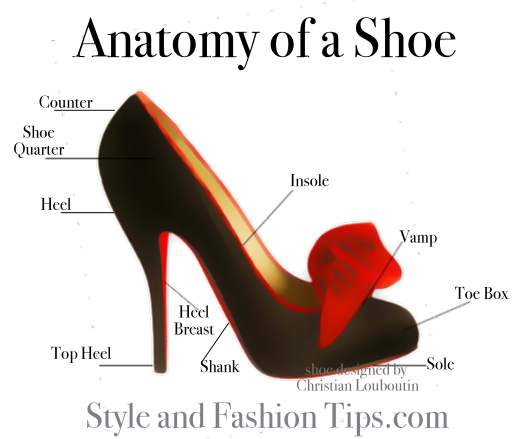| What's On This Page | |||||
| What are Wools | Different Types | ||||
 What
are Wools
What
are Wools
It is a family a fibers from mammals. These fibers are made from the
fleece of sheep or lamb and from the
hairs of
Cashmere or Angora goats, Llama, Alpaca, Camel and Vicuna.Fleece of sheep and lamb are very curly and coated with oil known as lanolin.
These tiny curls create pockets of air. Most of us don’t think of this fiber for hot weather, but because of its insulating abilities it is an excellent choice for both hot and cold weather.
It is also hygroscopic which means it can absorb up to 30% of its own weight in moisture without feeling damp. Worsted refers to the longer finer fibers whereas woolen is the bulkier dissimilar fibers.
Once shrunk, it cannot return to its original size because the fibers loosen then interlock, this is known as felting when heat and moister is applied.
Australia produces the most wool worldwide. China comes in second followed by New Zealand where sheep outnumber people 2 to 1.
Types
Marino The curlier the wool the thicker the fiber, Marino for example has up to 100 curls per inch, whereas the coarser fibers can have as few as 1 curl per inch.Marino is the most expensive fibers from sheep. The fibers are 3-5 inches long and very fine, approximately 22 microns thick.. The finest Marino is 16 or finer. The finer the softer and lighter it will be.
Cashmere, Cashmere is the downy undercoat found on the goats originally from the Kashmere Mountain range,which is part of the Himalayans.The downy very fine fibers, usually less then 15 microns thick. It is warm ultra light. The largest producer of cashmere is China followed by India, Pakistan, Afghanistan and others.
Mohair, Mohair is from the Angora goat. It is 25-45 microns thick. It is durable and resilient with a high luster. Angora goats are originally from turkey and Tibet. Most mohair comes from Africa.
Alpaca, Alpaca is the fleece from the Alpaca cousin to the llama. It fibers are silky and warmer then sheep but not as strong. The Suri Alpaca’s fibers are around 6-10 microns thick, while the Huacaya alpaca is about 27 microns thick.
FYI... The FTC (the people responsible for making sure our clothing is labeled correctly in the U.S.A.) does not recognize the name "Pashmina" for Cashmere.
Meaning, if you are looking for Cashmere clothing make sure it says "Cashmere" not "Pashmina" as the fiber used to make the garment.
Also the hang tag must accurately reflect the sewn in label. Don't rely on the hangtag for information alone. All too often the hangtags give the impression that the garment is made of a more expensive fabric or a higher percentage of an expensive fabric then it actually is.








 What
are Wools
What
are Wools




